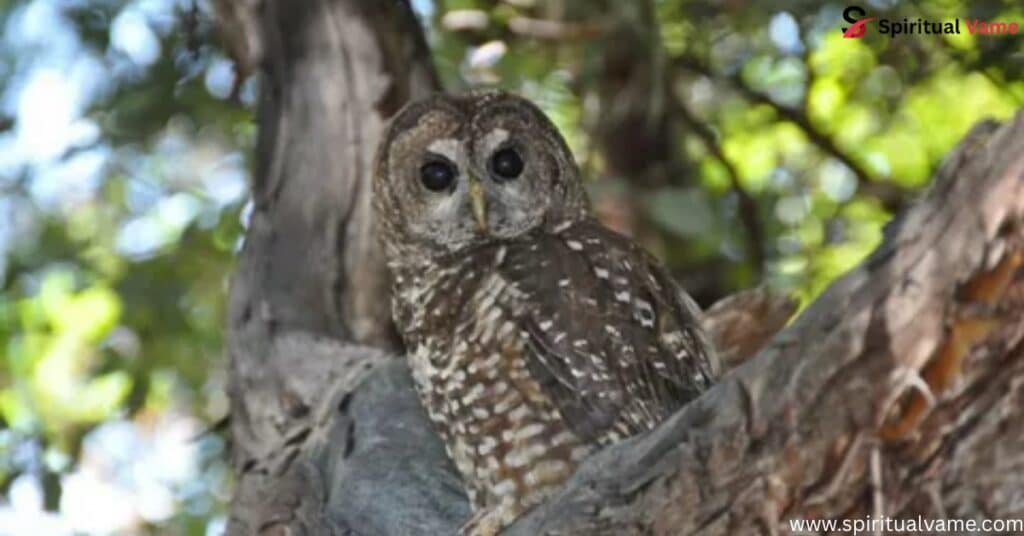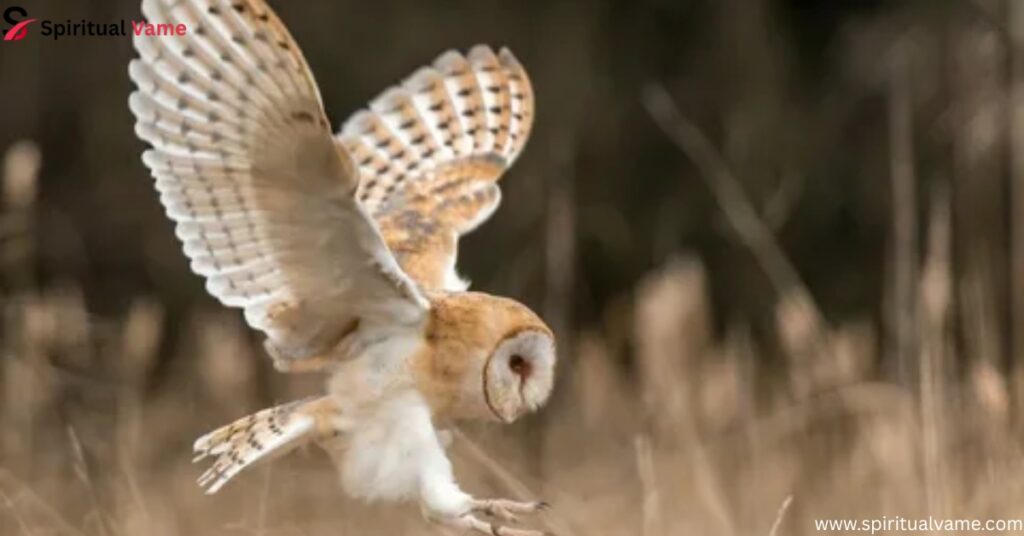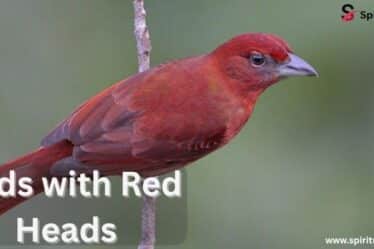
Florida is home to many beautiful birds, but owls found in Florida are some of the most fascinating. These silent hunters live in forests, swamps, fields, and even backyards. You can see them at night or hear their calls echoing through the trees. Each owl is unique, with different sizes, sounds, and habits. Some are big and bold, while others are small and shy.
This guide will help you learn about the different owls found in Florida. From the common Barred Owl to the rare Snowy Owl, there’s a lot to discover. Whether you’re a bird lover or just curious, these amazing creatures will catch your eye.
The Owls Of Florida – 8 Species To Look Out For
Florida is home to a rich variety of owl species, each uniquely suited to its environment. Some live here year-round, while others visit only during certain seasons. You’ll find owls in woodlands, swamps, suburban areas, and even dry farmlands and open fields. The owls found in Florida include powerful hunters like the Great Horned Owl, small birds like the Eastern Screech-Owl, and even rare visitors like the Snowy Owl. Their sizes range widely—from the small megascops asio to the massive bubo virginianus with a wingspan stretching up to 5 feet. Some have ear tufts, others don’t. Some are active at night, while a few are easier to spot during the day.
These birds aren’t just fascinating to look at—they also play an important role in keeping ecosystems balanced. Owls help control rodent populations and keep nature in check. Some like the Barred Owl, with its rounded head and haunting call, are easy to recognize. Others like the Barn Owl, with its heart-shaped face and ghostly flight, often go unseen despite being widespread. Florida’s mix of habitats makes it a prime place to spot them all, especially if you know where and when to look.
Spotting Owls
If you’re hoping to see owls found in Florida, your best bet is heading out around dawn or dusk. Most owls are nocturnal, so they become active when the sun goes down. However, some species like the Burrowing Owl or the Barred Owl may be active during daylight. Bring a pair of binoculars and keep your ears open. Owl calls are often your first clue—each species has a distinct sound, from the hooting of the Great Horned Owl to the soft trilling of the Eastern Screech-Owl. Knowing their sounds makes it easier to track them in the wild.
Florida has several hotspots for owl watching. The Everglades, Ocala National Forest, and even suburban parks can be full of hidden surprises. Look for signs like white streaks on trees (called “whitewash”), scattered feathers, or owl pellets on the ground. Try to stay quiet, use a red-light flashlight if it’s dark, and never disturb nesting birds. Respecting their space helps them thrive and gives you a better chance of seeing these beautiful creatures in action.

Types Of Owls In Florida
There are eight primary species of owls found in Florida, ranging from the common to the extremely rare. Each one has a unique look, sound, and behavior. The most commonly found species include the Great Horned Owl, Barred Owl, and Eastern Screech-Owl, all of which are permanent residents. These birds vary in size, color, and even eye shape. Some prefer dense forests, while others choose open grasslands or even artificial structures like barns and buildings.
Florida’s position along the Atlantic Flyway also brings in rare owl visitors from the north. The Northern Saw-Whet Owl and Snowy Owl are rare winter guests, usually showing up during migration or when food is scarce up north. Their appearances are often brief, but they add to the incredible variety of birds you can spot across the state. Whether you’re in a swamp, city park, or rural field, you’re in owl territory here.
Great Horned Owl
The Great Horned Owl is one of the most iconic birds in North America and a top predator in Florida’s bird world. Also known by its scientific name bubo virginianus, this large bird can be found in a wide range of environments including woodlands, farmlands, and suburban areas. Its powerful body, deep hooting call, and large ear tufts make it easy to identify. Adults usually measure between 17–25 inches in size and have a wingspan of about 3–5 feet. They are adaptable and thrive in nearly every type of habitat the state offers.
This owl is known for being a fierce predator. It has a diverse diet made up of mammals, birds, and even reptiles. With its strong talons and silent flight, it can take down prey larger than itself. Its large, yellow eyes give it excellent night vision, making it an expert hunter. The Great Horned Owl is truly a symbol of strength and stealth in the Florida wild.
Eastern Screech Owl
Small but fierce, the Eastern Screech-Owl is a master of disguise. This stocky owl measures only 6.3–9.8 inches in length, with a wingspan of 18.9–24 inches. It comes in two morphs—gray and reddish-brown—allowing it to blend into tree bark with ease. Scientifically named megascops asio, it lives in parks, woodlands, and even quiet suburban areas across Florida. You might not see it easily, but you can hear its trilling and whinnying calls after dark.
Despite its small size, this owl is known for its bold personality. It nests in tree cavities, old woodpecker holes, or even backyard nest boxes. It’s commonly found throughout Florida, especially in places with mature trees and low light. The Eastern Screech-Owl plays an important role in keeping insect and small rodent populations under control.

Burrowing Owl
Unlike most owls, the Burrowing Owl doesn’t live in trees. Instead, it builds its home underground, using burrows made by other animals or digging its own. Found mostly in open spaces like fields, prairies, and even airport grounds, this owl is active during the day. It’s a small bird with long legs and alert yellow eyes, always keeping watch. Florida is one of the few states where you can spot this unique species.
Burrowing Owls are social and often live in colonies. They feed on insects, small rodents, and lizards, helping control pests in open landscapes. Their burrows are often marked with shells, bones, or other odd decorations. Because they live on the ground, they’re vulnerable to predators and human activity. Conservation efforts are in place to protect their habitat, especially in South Florida.
Short-Eared Owl
The Short-Eared Owl is a winter visitor in Florida, usually spotted flying low over open grasslands, marshes, and meadows. As its name suggests, its ear tufts are so small they’re hardly visible. This medium-sized owl has broad wings and a flat face, with a wingspan stretching out wide as it glides silently over fields. It hunts mostly at dusk and dawn, using sharp hearing and vision to track its prey.
These owls are nomadic and go where the food is. When small rodents are plentiful in Florida’s wetlands and farmlands, you’ll likely see more of them. They’re often mistaken for hawks in flight due to their smooth gliding style and long wings. Though not seen every year, they’re a special treat for birdwatchers when they do appear.
Barred Owl
The Barred Owl is one of the most recognizable owls in Florida. Its call sounds like it’s saying “Who cooks for you?” and can often be heard echoing through swamps and dense woodlands. This large bird has a rounded head, dark eyes, and lacks ear tufts, setting it apart from the Great Horned Owl. Scientifically known as strix varia, it typically measures 16–25 inches long, with a wingspan of 38–49 inches.
Barred Owls prefer quiet, wet habitats near water and are often seen perched in mossy trees. They’re known to be curious and might even approach people. Their diet includes fish, amphibians, small mammals, and birds. Unlike many owls, Barred Owls are often active during the day, especially early in the morning or late afternoon, giving more chances to spot them.
Barn Owl
The Barn Owl is easy to identify by its ghostly appearance. With a pale face, heart-shaped head, and long wings, it moves silently through the night. Known scientifically as tyto alba, this owl measures 12.6–15.8 inches in size, with a wingspan between 39.4–49.2 inches. It often nests in barns, abandoned buildings, and tree cavities, especially near fields and farmlands where it hunts.
This owl is an excellent hunter of rodents, using both sight and sound to locate prey even in complete darkness. Because of its quiet flight and ghost-like look, it’s often called the “ghost owl.” Though not as vocal as other species, the Barn Owl is important for pest control and can be found across Florida’s open landscapes and rural areas.

Northern Saw-Whet Owl (Rare)
The Northern Saw-Whet Owl is a tiny, secretive bird that’s rarely seen in Florida. When it does appear, it usually comes down during winter from the northern forests. This owl is small, with a rounded head and large eyes. Its call sounds like a sharp, rhythmic toot, almost like a truck backing up. It prefers thick forests where it can stay hidden during the day.
Because it’s so small and quiet, spotting one takes patience and luck. These owls feed mostly on small rodents and insects, and they only migrate south when food is scarce up north. While sightings are rare, they’re always a thrill for experienced birders.
Snowy Owl (Very Rare)
The Snowy Owl is one of the most striking owls in the world—and also one of the rarest to visit Florida. Native to the Arctic, this large, white owl sometimes appears in the state during especially harsh winters. With its bright yellow eyes, thick feathers, and commanding presence, it’s impossible to miss if you happen to see one. Snowy Owls usually settle in open areas like coastal dunes, fields, or even airports.
They sit on the ground, scan the area for movement, and then launch with powerful wings to catch prey. Since these owls are used to the wide-open tundra, Florida’s flatlands give them a similar feel. They’re not seen often, but their visits always make headlines and draw crowds of birdwatchers.
Long-eared Owl
The Long-eared Owl is a secretive bird that prefers thick vegetation and roosts silently during the day. It’s medium-sized with prominent ear tufts and striking orange eyes. Though uncommon, it occasionally visits Florida during the cooler months. With a wingspan just under 3 feet, it hunts mostly at night, feeding on mice and small birds.
Flammulated Owl
The Flammulated Owl is one of the rarest species to see in Florida. It’s tiny, about the size of a soda can, and extremely well-camouflaged. Its name comes from the flame-like markings on its feathers. It prefers high-elevation forests and is more commonly found out west, but vagrants have been recorded in the southeastern U.S. Spotting one in Florida is rare, but possible during migration misroutes.
Conclusion
From swamps to suburbs, the owls found in Florida are as varied and fascinating as the state’s landscapes. Whether you’re listening for the deep hoot of a Great Horned Owl, catching a glimpse of a Barred Owl near a river, or hoping for a rare sighting of a Snowy Owl, there’s always a new feathered face to discover. These birds are more than just night hunters—they’re vital members of the ecosystem. So next time you’re out under the stars or strolling through a forest path, keep your eyes up and ears open. Florida’s owls are out there, watching silently from the shadows.



